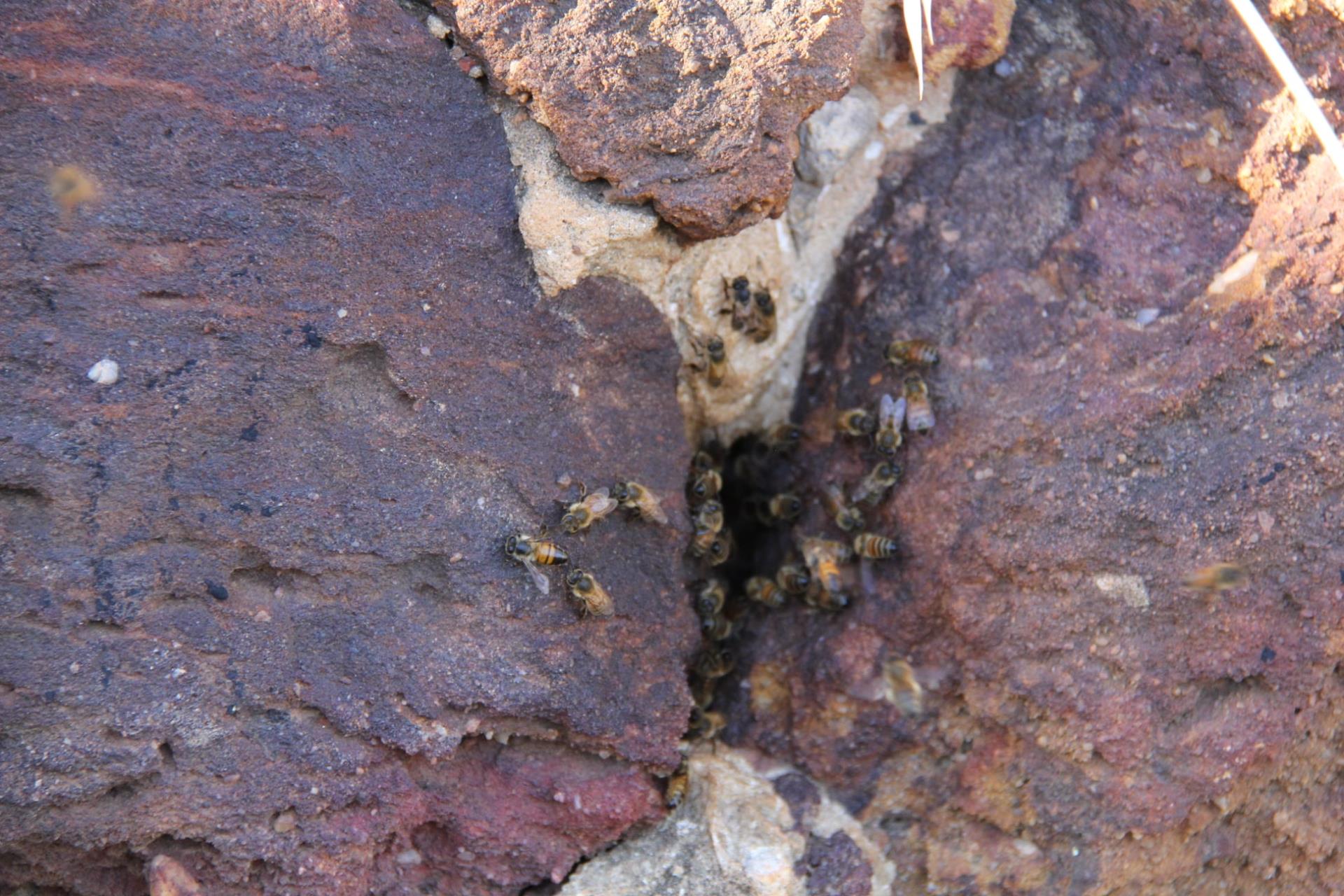Published on Tuesday, 8 March 2022 at 7:20:51 AM
The City of Greater Geraldton will be taking steps to manage a large feral bee population in the Chapman River Regional Park (CRRP)vthat is threatening the health and safety of native wildlife and visitors to the area.
City of Greater Geraldton Acting CEO Chris Lee said the European Honey Bee, an exotic species introduced to Australia nearly 200 years ago, has become very problematic in the CRRP.
“The City has received a number of requests from the community to do something about the feral bees that have been attacking people using the trail network in the park,” he said.
“Despite what some people believe, these aggressive, unmanaged bees are not welcome in the park and are actually harming our natural areas.”
When left unmanaged, feral bees outcompete native fauna and flora for resources.
They take over tree hollows leaving fewer nesting places for native wildlife including the endangered Carnaby’s Black-Cockatoo.
They also disrupt natural pollination processes while their preference for introduced weeds may hasten the spread of these unwanted plants.
Feral bees can also pose a future health risk to managed hives through the spread of Varroa mites and fungal diseases.
Curtin University native bee researcher Dr. Kit Prendergast, who was in the City last year to deliver native bee workshops, noted high densities of feral bees in the CRRP while surveying for native bees.
In accordance with management guidelines for high-priority conservation areas, the City will be treating the feral bee hives in an effort to reduce these populations in the park.
During the works, sections of the trail will be closed to ensure visitors to the area are kept safely away from agitated bees. The City requests all visitors to the park avoid these closed areas for their own health and safety.
Picture Caption: Feral bee hive located in the Chapman River Regional Park. Photo courtesy of the Gero Clean Up Crew.

Back to All News